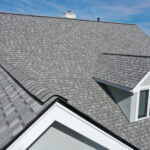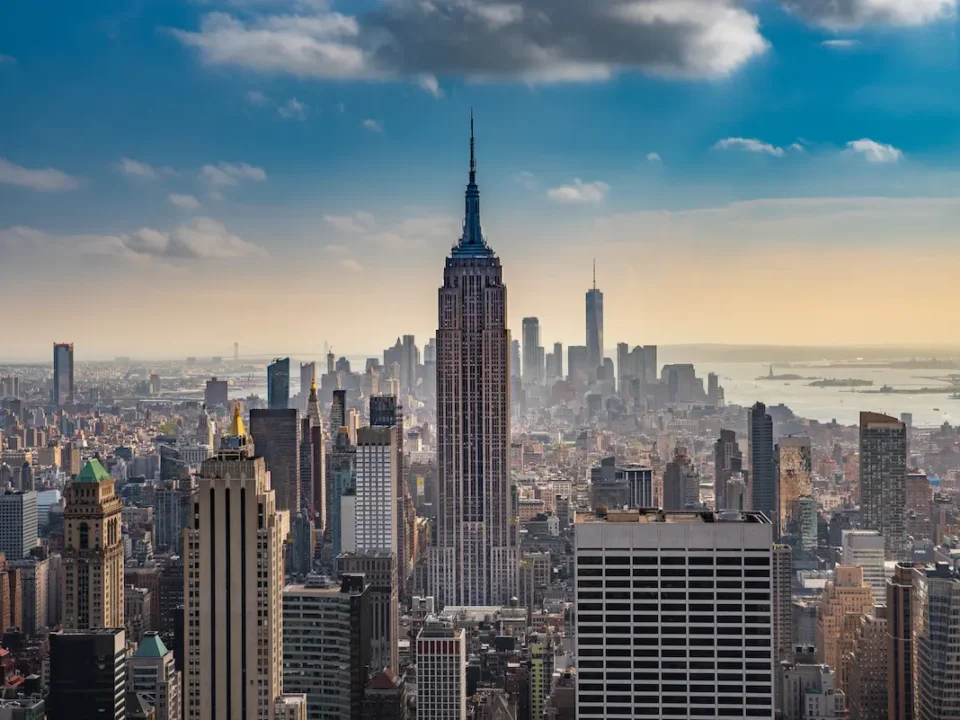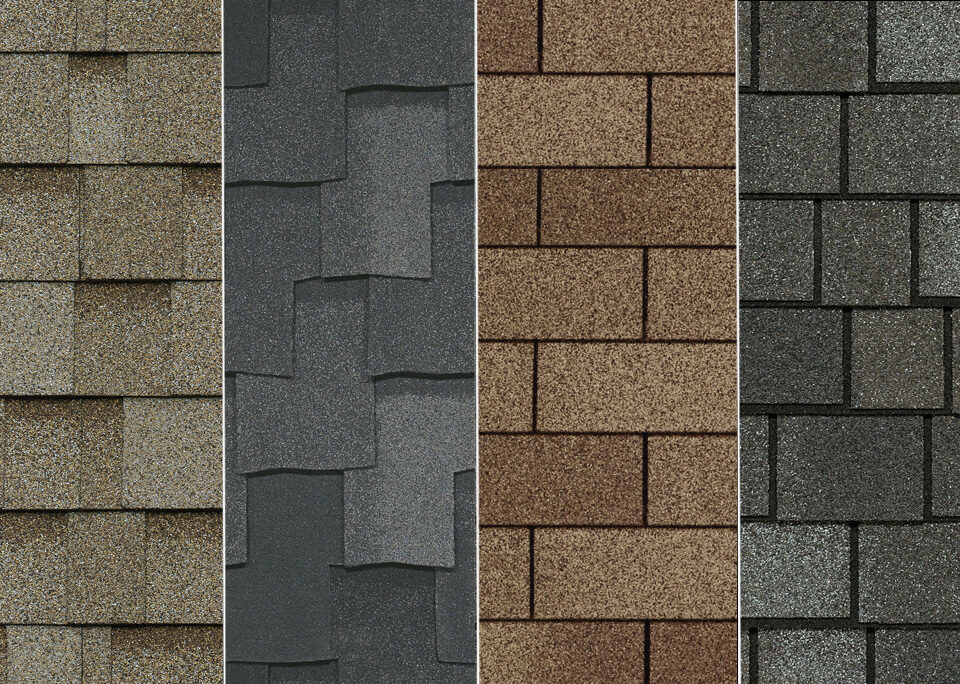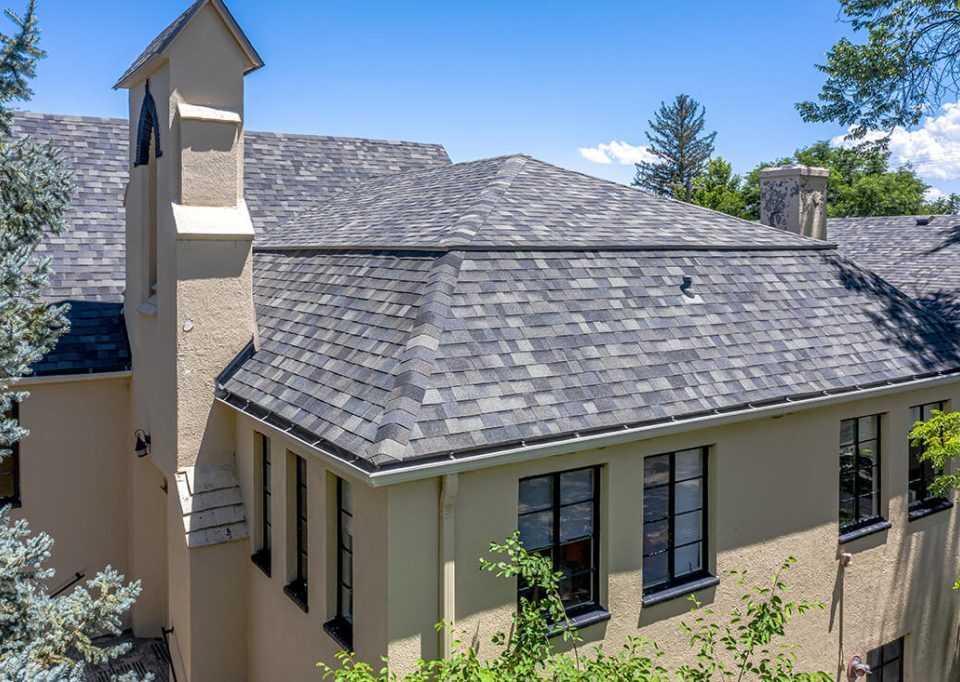
Architectural Shingles vs 3-Tab Shingles: Which Is Right for Your NYC Home?
September 15, 2025
Top Warning Signs You Need a New Roof This Year
October 2, 2025As cities continue to expand, urban homeowners face increasing challenges: higher energy costs, limited green spaces, and worsening air quality. One solution that has gained attention worldwide is the green roof—a rooftop covered with vegetation that transforms concrete spaces into sustainable ecosystems. But the question remains: are green roofs worth the investment for urban homes? To answer this, we’ll explore their environmental, financial, and social benefits, along with the costs and challenges homeowners should consider.
What Exactly Is a Green Roof?
A green roof, also known as a living roof or eco roof, is a rooftop system designed to support vegetation. It typically includes multiple layers:
-
Waterproof membrane – prevents leaks.
-
Root barrier – protects the structure from plant roots.
-
Drainage and irrigation system – ensures plants get water without damaging the roof.
-
Growing medium (soil) – supports grasses, herbs, flowers, or even small shrubs.
-
Vegetation layer – the visible greenery.
Types of Green Roofs
-
Extensive Green Roofs: Lightweight, low-maintenance, typically planted with mosses, sedum, and grasses.
-
Intensive Green Roofs: Heavier systems capable of supporting gardens, lawns, and small trees, requiring more care but offering greater functionality.
Environmental Benefits of Green Roofs
1. Combatting Urban Heat Islands
Cities trap heat due to asphalt, concrete, and limited greenery. Green roofs provide natural insulation and cooling, helping to reduce the urban heat island effect and improving comfort for homeowners.
2. Air Quality Improvement
Vegetation filters pollutants and absorbs carbon dioxide, releasing oxygen back into the atmosphere. This contributes to cleaner, healthier air in congested neighborhoods.
3. Stormwater Management
Green roofs act like sponges, absorbing 60–80% of rainwater depending on their design. This reduces flooding risks, eases the burden on city drainage systems, and minimizes water pollution.
4. Biodiversity and Habitat Creation
Urban homes with green roofs support pollinators such as bees and butterflies, as well as birds and insects, contributing to local biodiversity.
Financial Benefits for Urban Homeowners
Lower Energy Bills
Because of their insulating properties, green roofs help maintain indoor temperatures—cooler in summer, warmer in winter. Studies show homeowners can cut energy consumption by 25–30% annually.
Increased Property Value
Eco-friendly homes are in demand. A green roof can increase a property’s value by making it more attractive to sustainability-conscious buyers.
Longer Roof Lifespan
Traditional roofs degrade quickly under UV rays, wind, and rain. A green roof acts as a protective shield, doubling or even tripling the life of the underlying roofing materials.
Potential Tax Incentives & Grants
Many cities, such as New York, Chicago, and Toronto, offer financial incentives for green roof installation, including tax abatements and environmental grants.
Costs and Challenges of Green Roofs
Installation Costs
Green roofs cost more upfront than traditional roofs. On average, prices range from $10–$25 per square foot for extensive systems and can exceed $30–$40 per square foot for intensive ones.
Structural Requirements
Not every building can support a green roof. Homeowners may need a structural assessment to ensure the roof can handle the added weight of soil, vegetation, and water.
Maintenance Needs
-
Extensive roofs: Minimal care (occasional weeding and irrigation).
-
Intensive roofs: Higher upkeep (gardening, irrigation systems, seasonal maintenance).
Case Study: Green Roofs in Urban Homes
Research from the U.S. Environmental Protection Agency (EPA) shows that green roofs can reduce roof surface temperatures by up to 40°F, significantly lowering cooling needs in summer. In New York City, green roofs have been shown to capture billions of gallons of stormwater annually, demonstrating their large-scale impact.
Are Green Roofs Worth the Investment?
The short answer is yes—for many urban homeowners, green roofs are worth the investment when considering long-term savings, environmental impact, and property value. While the initial costs are higher, the reduced energy bills, extended roof life, and eco-friendly benefits make them a smart investment for the future.
If your priorities include sustainability, energy efficiency, and creating a healthier urban environment, a green roof is more than just a home improvement—it’s a long-term commitment to better living.
Conclusion
Green roofs are not just architectural trends; they are part of a larger movement toward sustainable urban living. For homeowners, they provide measurable benefits—lower energy costs, longer roof life, improved air quality, and enhanced property value. While they require upfront investment and thoughtful planning, the returns—both financial and environmental—make them a valuable solution for the future of urban housing.



